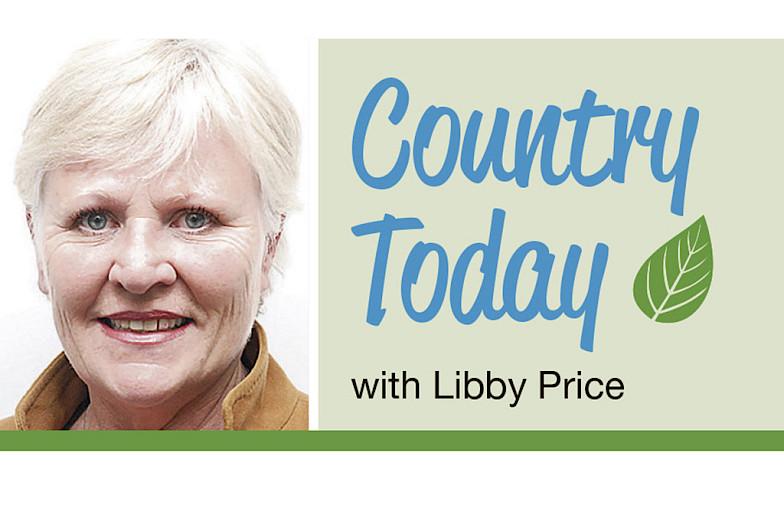Talking real estate is a most popular pastime, so last week on Country Today I spoke to one of the big shots of rural property, Danny Thomas of real estate firm LAWD.
He agrees with me – it just might be a golden era.
“It’s been the most extraordinary time,” he said. “This is reminiscent of something you would have seen many decades ago during the 1950s wool boom.”
For those, like me, who weren’t around to witness it, Australian merino wool was selling for a pound – as was the currency then – for a pound of wool.
Legend has it that a Western District wool grower made some modifications to his Rolls Royce and turned it into a farm ute.
Go back 25 years and the average broadacre price for land was about $1000 a hectare. It’s now nearly 10 times that.
King of the castle is cropping country and leading the pack in investing in farming are the institutional investors.
“It’s fascinating,” Mr Thomas said.
“We’re seeing the market institutionalise at a rapid rate… Those institutions have a relatively lower financial hurdle in terms of the money they achieve on a cash basis and a total return over a very long investment horizon, so that’s materially changed the market.
“The other thing we’ve seen is a significant volume of institutional money come into the water market… That’s become a very attractive asset to invest in from people all over the world.
“There’s a lot more liquidity in rural lending than there used to be. And so you see considerably more debt to facilitate growth. There’s ability to finance inventory, which provides working capital efficiency, so there’s more money available today for livestock finance, crop finance and the like, and all of that contributes to the ability for farmers to grow their business quicker and get more scale and stay ahead of the cost price squeeze.”
Just as happened with livestock prices falling with the talk of an El Niño weather pattern, land values dropped late last year, some areas more than others.
“There are pockets in western Victoria where I think the adjustment might be more significant,” Mr Thomas said.
The final word from Mr Thomas: “If you’re thinking of selling, obviously consult with your local agent, and I’d be tempted to wait until the second half of the year.”
The entire March 27, 2024 edition of The Weekly Advertiser is available online. READ IT HERE!
The entire March 27, 2024 edition of AgLife is available online. READ IT HERE!






